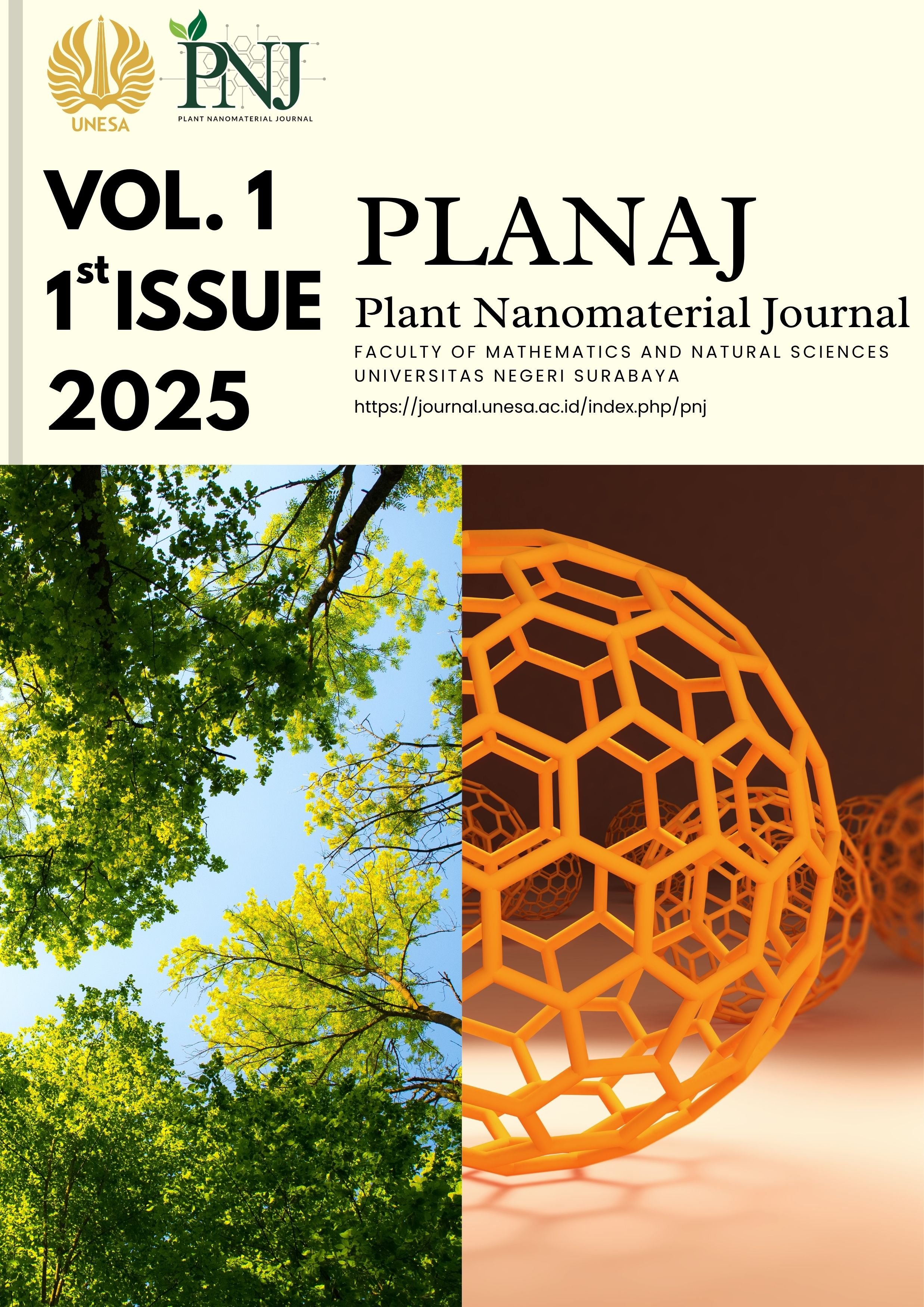POTENCY ANTIBACTERIAL ACTIVITY OF ZIF-8 LOADED WITH PLANT EXTRACT AGAINST MULTIDRUG-RESISTANT BACTERIA: IN SILICO MOLECULAR DOCKING ANALYSIS OF TARGET PROTEINS
DOI:
https://doi.org/10.26740/pnj.v1i1.45022Keywords:
antibacterial, molecular docking, nanocarrier, plant exctrat, ZIF-8Abstract
The alarming rise of multidrug-resistant (MDR) bacteria has necessitated the development of alternative antibacterial agents. Plant-derived bioactive compounds, known for their broad-spectrum antimicrobial properties, face limitations in clinical application due to poor solubility and low bioavailability. Zeolitic Imidazolate Framework-8 (ZIF-8), a zinc-based metal organic framework (MOF), offers a promising nanocarrier system that enhances the delivery and efficacy of these natural compounds. This study aims to investigate the potential interaction between ZIF-8 and several key bacterial target proteins using in silico molecular docking approaches. Four bacterial proteins, including Pseudomonas aeruginosa elastase (LasB), β-ketoacyl-ACP synthase III (FabH), fosfomycin resistance protein (FosB), and penicillin-binding protein (PBP2a), were selected for molecular docking with their native ligand. ZIF-8 which was modeled using ChemDraw and optimized prior to docking. Binding affinities and interaction residues were analyzed using AutoDock and visualized and analyzed with Discovery Studio. This study reported that ZIF-8 demonstrated binding affinities ranging from -3.9 to -8.6 kcal/mol across the four target proteins, comparable to or slightly lower than native ligands. These interactions suggest the potential of ZIF-8 to inhibit enzyme activity through stable binding. The in silico findings support the antibacterial potential of ZIF-8 as both a nanocarrier and an active antimicrobial agent. When combined with plant-derived bioactives, ZIF-8 may offer a synergistic strategy to overcome bacterial resistance. Further experimental validation is recommended to confirm its applicability in biomedical and pharmaceutical contexts.
Downloads
Published
Issue
Section
 Abstract views: 90
,
Abstract views: 90
, PDF Downloads: 91
PDF Downloads: 91







